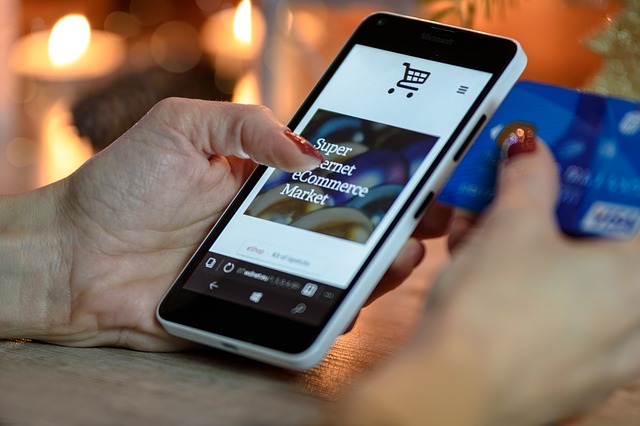The High Cost of Free (Shipping)

You do it. We do it. Everyone does it.
We Google search for a product. An Amazon result is likely in the top 3 positions. We click.
Voila! We land on the product we’re interested in. (Interesting to note, Amazon has become the world’s internet price checker!)
We see the price, and a millisecond later our eyes under the price to see shipping. And when it says “Free Shipping”, we’re just a click away from ordering.
But is “free” really free? Of course not, the cost is bundled into price we pay. Sometimes the seller eats the cost of shipping, but in most cases, it’s a hidden source of revenue.
Now for the real question…is it good for seller?
A recent survey says, “NO”.
Scott Neslin, the Albert Wesley Frey Professor of Marketing at Dartmouth’s Tuck School of Business, has studied sales promotion for decades. A study of his recently unveiled data that suggests sales definitely go up…but profits definitely go down!
Why? How does this happen?
Returns go up…dramatically. Enough that profits are eroded often to the point of losses.
This supports the findings of Richard Thaler, who won a Nobel Prize in behavior economics. He found that consumers “segregate” financial pain, such as when they see a good price, then go to check out and see a high shipping cost.
Brian, one of the 2 Guyz, has found this in his own research, where customers showed they will often pay more for a product with free shipping than one that is lower price but with an added shipping cost.
Amazon has thrived on the shipping of small packages that don’t cost much to send. (And they’ve also added significantly to the revenue of USPS and UPS!). But what about bigger items…dishwashers, refrigerators, and furniture? Shipping can a huge cost. A recent check showed dishwasher retailers boasting “free shipping” on Amazon, but a quick comparison shows the same product sold locally (at Best Buy) for more than $100 less.
If you’re a business owner and selling online, what you do you? The 2 Guyz On Marketing suggest you “test, test, test”. Test sales with a shipping cost versus sales with free shipping. But here’s the key…don’t just measure increase in sales volume, measure it in profits.
Free shipping has become one of the online shopping “drugs”, and many customers are “addicted” to the concept of free shipping. As a marketer, be careful with your use of “free shipping” as a part of your pricing strategy.




